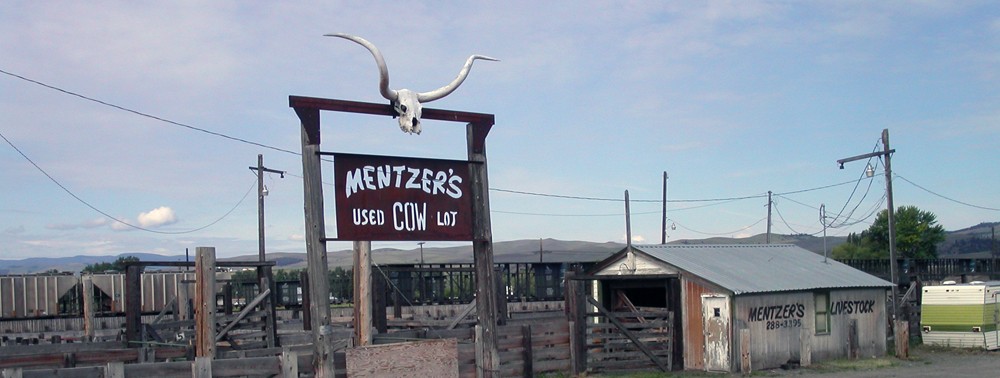One of Washington’s many adopted sons, Walt Whitman is among the most decorated figures in American literature. A lesser-known fact about Whitman is that he wrote one of the earliest descriptions of speculative real estate development, displacement, and gentrification.
Whitman’s essay, “Tear Down and Build Over Again,” was published in the November 1845 issue of The American Review. From the perspective of a housing supplier, he explored urban redevelopment, aesthetics, and the attachments to place longtime residents have.
What makes Whitman’s essay unique besides its early date is that it was written not by a housing reformer or displaced resident, but by an entrepreneur making money from the creative destruction of New York City neighborhoods.
“Let us level to the earth all the houses that were not built within the last ten years,” Whitman wrote in 1845. “Let us raise the devil and break things!”
Penned more than a century before the Housing Act of 1949 introduced urban renewal to aging and distressed city neighborhoods, Whitman was writing on the eve of his brief career in Brooklyn as familiar urban character: the house-flipping gentrifier.
According to University of Cambridge literary historian Peter Riley, Whitman was itching to get into a booming Brooklyn real estate market. Riley examined Whitman’s notebooks and analyzed “Tear Down and Build Over Again” to contextualize how the poet jumped on the real estate “speculative bandwagon.”

Brooklyn row houses c. 1935. Photo from the New York Public Library.
Between 1846 and 1855, notes Riley, Whitman bought and built several properties. Profits from redevelopment and house flipping allowed Whitman to buy an un-mortgaged home for his family and financed publication of Whitman’s first book, Leaves of Grass, in 1855.
Though written 118 years before sociologist Ruth Glass introduced the word “gentrification” to popular and academic discourse, Whitman’s essay
clearly captures the subject’s supply and demand dimensions and the social costs — better housing, good investments (positive) and displacement and alienation (negative) wrapped up in the process.
In modern terms, Whitman effectively described neighborhood upgrading through reinvestment resulting in displacement and the churn of properties from the less wealthy to better off residents.
In other words, Whitman was describing gentrification.
Whitman did have concerns about redevelopment
Though clearly writing as an unabashed capitalist housing producer, Whitman also recognized that the people displaced from the older homes had strong attachments to the properties and to the neighborhoods where they lived.
“Then fled tenants from under roofs that had sheltered them when in their cradles,” he wrote. “And had witnessed their parents’ marriages — roofs aneath which they had grown up from childhood, and that were filled with the memories of many years.”
As Whitman was writing about the loss of old buildings and familiar places by their occupants, he also expressed some disdain for new construction in ways remarkably similar to how contemporary Americans write about McMansions:
“Then there are those who would go farther to view even Charlotte Temple’s grave, than Mr. Astor’s stupid-looking house in Broadway… To such, greatness and goodness are things intrinsic — mental and moral qualities. To the rest of the world, and that is nine-tenths of it, appearance [emphasis in original] is everything.
Whitman also witnessed the birth of historic preservation
Whitman also was writing at a time when American culture was developing its own sense of national heritage. By the 1850s, a “Cult of Washington” had emerged that elevated the Revolutionary War hero and first president to near-mythical status.
Besides writing what may be the earliest chronicle of American gentrification, Whitman also captured the birth of America’s historic preservation movement. In addition to memorializing Washington through monument construction, there were growing numbers of people concerned about the disappearance of places associated with George Washington.
”… when we bethink us how good it is to leave no land-mark of the past standing, no pile honored by its association with our storied names, with the undying memory of our Washington, and with the frequent presence of his compatriots,” Whitman wrote about a decade before efforts began to buy and preserve Mt. Vernon.
“Tear Down and Build Up Again” is an important and relatively un-recognized chronicle of the birth of early American urban redevelopment written by one of the nation’s most important poets.
NOTE: This post originally appeared in 2016 in a different blog.
© 2019 D.S. Rotenstein
Shortlink for this post: https://wp.me/p1bnGQ-3kU

